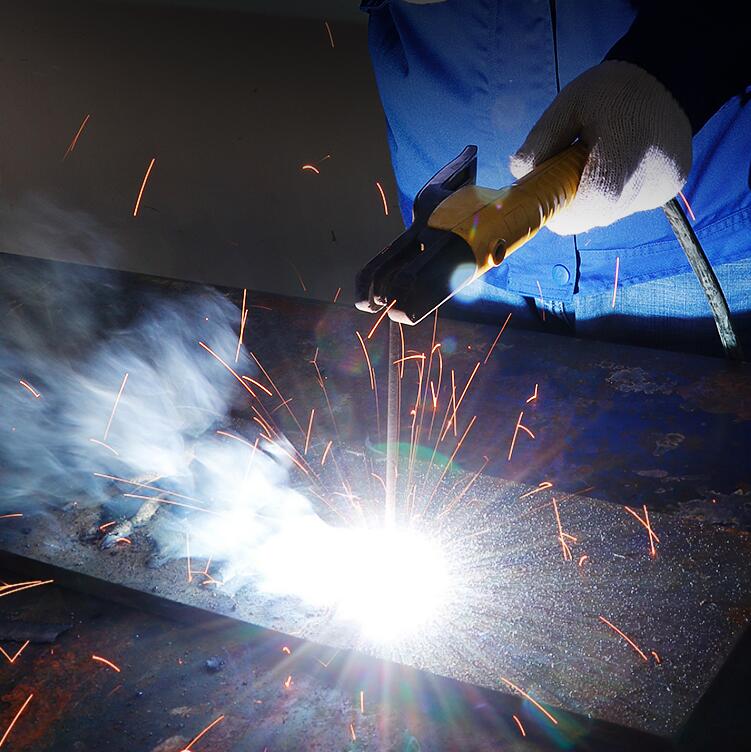0.9mm mig wire factory
Understanding 0.9mm MIG Wire Manufacturing A Comprehensive Overview
MIG (Metal Inert Gas) welding has become a preferred method in various industrial applications due to its efficiency and versatility. Among the many specifications in MIG welding, the diameter of the welding wire plays a crucial role in determining the quality and applicability of the weld. One such specification is the 0.9mm MIG wire, which is widely used in both professional and amateur welding projects. This article provides an overview of 0.9mm MIG wire manufacturing, exploring its significance, production process, and applications.
Importance of 0
.9mm MIG WireThe 0.9mm diameter MIG wire strikes a balance between thickness and wire feed capabilities, making it suitable for a range of materials and welding conditions. It is particularly favored for welding mild steel and stainless steel, offering good penetration and a clean finish. The choice of a 0.9mm wire allows welders to create strong welds while minimizing spatter, which can enhance overall productivity and reduce the need for post-weld cleanup.
Manufacturing Process of 0.9mm MIG Wire
The manufacturing of 0.9mm MIG wire involves several meticulous steps to ensure high quality and performance. The process typically begins with the selection of raw materials, primarily carbon steel or stainless steel. These materials are melted in a furnace before undergoing a series of refining processes to remove impurities that could affect the weld's quality.
Once the raw material is refined, it is cast into billets or rods, which are then heated and drawn down to the desired diameter. A key aspect of this process is the drawing technique, which involves pulling the wire through a series of dies to achieve a uniform diameter. For 0.9mm wire, accuracy is vital; hence, manufacturers often utilize advanced machinery equipped with precise measuring tools.
0.9mm mig wire factory

Additionally, during the drawing process, the wire can be coated with a layer of copper to enhance conductivity and reduce oxidation. This is crucial for ensuring a smoother welding process and improving the overall quality of the weld. After drawing, the wire undergoes annealing, a heat treatment that helps relieve internal stresses and improve ductility.
Quality Control and Testing
Quality control is an integral part of the manufacturing process. Each batch of 0.9mm MIG wire undergoes rigorous testing to ensure it meets industry standards. This includes checks for tensile strength, ductility, and surface finish. Manufacturers often employ non-destructive testing methods to identify any potential defects that could compromise weld integrity.
Applications of 0.9mm MIG Wire
The 0.9mm MIG wire is extensively used in various applications, including automotive repair, fabrication, and metal art. Its versatility makes it an ideal choice for both thin and thick materials, and it is commonly utilized by amateur welders and professionals alike. The wire is compatible with most MIG welding machines, further enhancing its appeal.
In conclusion, the manufacturing of 0.9mm MIG wire is a complex process that emphasizes quality, consistency, and performance. As industries continue to evolve, the demand for high-quality welding consumables like 0.9mm MIG wire will remain strong, underscoring its importance in modern manufacturing and fabrication. With advancements in technology, the future of MIG welding is bright, promising even better efficiency and reliability for welders across the globe.
-
Best MIG Welding No Gas Flux Core Solution – Easy, Portable & Clean WeldingNewsJul.08,2025
-
7018 Welding Rod 3/16 - High Strength, Low Hydrogen Electrodes Wholesale 3/32 Welding Rod 7018 Suppliers & China 7018 AC Welding Rod FactoryNewsJul.08,2025
-
High Quality MIG Aluminium Welding Wire - Wholesale Factory Prices from China SuppliersNewsJul.07,2025
-
High-Quality Gasless Aluminum Welding Wire China Gasless Aluminum MIG Wire SupplierNewsJul.07,2025
-
High Quality Ordinary Welding Rod for Pipes – Reliable China Welding Rod 7016 SupplierNewsJul.06,2025
-
Welding Wire 0.9 mm ER70S-6 Supplier Wholesale Manufacturers & FactoriesNewsJul.06,2025


